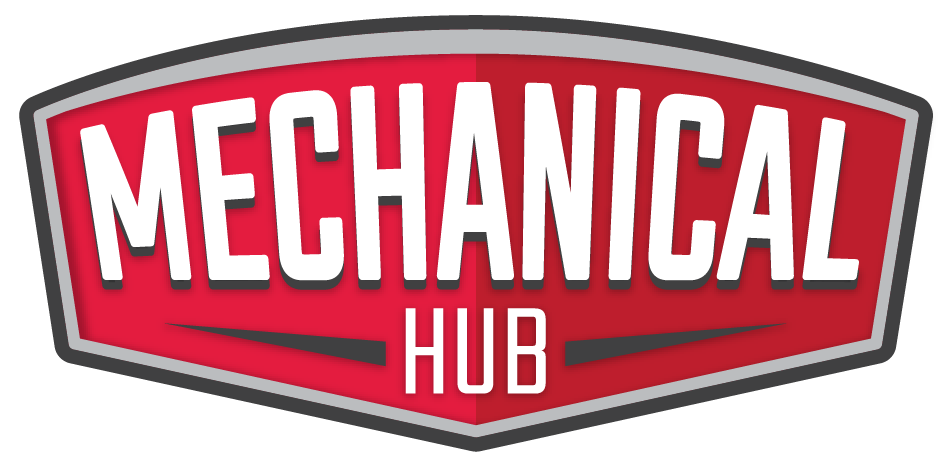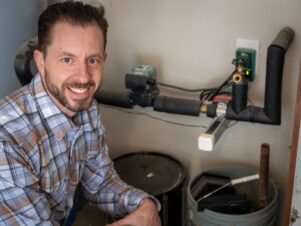Installing mechanical systems requires precision and attention to detail. Even small errors can lead to inefficiencies, safety hazards, or costly repairs down the line. Whether working on HVAC systems, plumbing networks, or industrial equipment, technicians must follow best practices to ensure reliable performance.
Many of the most common mistakes stem from improper tightening, incorrect alignment, or the use of unsuitable tools for the job. In this article, we will look at some common installation mistakes and how you can prevent them.
Ensuring Proper Torque for Secure Connections
One of the most frequent installation errors involves the incorrect tightening of fasteners and fittings. Overtightening can damage components, while under-tightening may lead to leaks, weak joints, or structural instability. This is particularly critical in systems where pressure fluctuations or vibrations are common. A key factor in avoiding these issues is the use of the right tools for applying precise torque levels.
For example, when securing pipe connections, valve assemblies, or mechanical joints, using a torque wrench ensures that the correct force is applied. However, there are different types of torque wrenches available. You can select the best torque wrench by considering factors like drive size, torque range, accuracy, display size, memory function, etc. It is important to always consider the requirements of your project before selecting a torque wrench that is suitable for the job.
As stated by eTork, it is also important to store your wrench efficiently. Keep it clean, dry, and stored in a protective case to ensure durability. A high-quality torque wrench can allow you to achieve consistent results, reducing the likelihood of leaks or equipment failures. Without an accurate tool, you might have to rely on guesswork, which often leads to inconsistent tightening and long-term performance issues.
Addressing Alignment and Leveling Issues
Improper alignment can cause excessive wear, reduce efficiency, and lead to premature failure. This is especially true in rotating machinery, where even a slight misalignment can result in vibrations that damage bearings and seals.
To get a better understanding of this, let’s consider a case study published in the Nature Journal. The case study is about the load-bearing performance of the shield segment of a tunnel boring machine. There were two misalignments: one that elongated the horizontal axis and the other between the adjacent rings of the shield.
It was found that the misaligned defects caused a significant impact on the tensile stress. This led to an increased risk of cracking and fracture of the segments.
To prevent this, technicians should carefully measure and adjust components before final installation. Using precision instruments to verify alignment ensures smooth operation and minimizes stress on connected parts.
Choosing the Right Materials and Fasteners
Selecting the wrong materials or fasteners for a mechanical system can compromise its durability. For example, using a low-grade bolt in a high-pressure system may result in early failure. Similarly, mismatched materials can lead to corrosion, reducing the lifespan of the installation.
One simple example can be seen in Rui Costa’s chainring failure. As reported by Cyclingnews, his bicycle’s chainring failed at the Tour de Romandie. The reason for the failure was narrowed down to choosing the wrong chainring bolts rather than a complete equipment failure. It was found that shorter bolts were used, which were incapable of supporting the large chainring. This shows how simple mistakes in choosing the right bolts or fasteners can cause equipment to fail.
Technicians should always follow manufacturer specifications and consider environmental factors when choosing components. Systems that use properly graded materials are likely to be secure and functional for many years to come.
Verifying System Performance Before Finalizing Installation
Once a system is installed, thorough testing is essential. Skipping pressure tests, load checks, or calibration steps can lead to undetected issues that become costly problems later. A comprehensive review of the installation, including inspections and test runs, helps identify any weaknesses before the system is put into full operation. Addressing potential concerns at this stage prevents unnecessary repairs and ensures long-term efficiency.
There are different testing methods available for mechanical systems. You should conduct hardness, tensile, impact, fracture toughness, fatigue, and other types of testing. A comprehensive testing approach can ensure that the mechanical systems don’t fail prematurely.
Frequently Asked Questions
How can improper insulation affect mechanical system performance?
Reduced system efficiency, condensation accumulation, and energy loss can result from inadequate insulation. In HVAC and plumbing systems, improper insulation may cause pipes to freeze in cold conditions or lose heat in hot water applications. Making sure the insulation is the proper kind and thickness contributes to damage prevention and efficient maintenance.
Why is vibration control important in mechanical installations?
Bearings, seals, and fasteners are among the parts that might prematurely wear out and fail due to excessive vibration. It can also create noise issues in HVAC and industrial systems. Using vibration dampers, flexible couplings, and secure mounting techniques helps minimize these risks.
What role does thermal expansion play in mechanical system installation?
As they heat and cool, pipes, ducts, and other mechanical parts are impacted by thermal expansion. Failing to account for expansion can cause stress on joints, leading to cracks or leaks. Expansion joints and flexible supports help accommodate these changes and prevent long-term damage.
Professionals may steer clear of the most frequent installation errors in mechanical systems by concentrating on these crucial areas. Proper tool selection, precise alignment, and careful material choices all contribute to a safer and more reliable system. When technicians take the time to follow best practices, they reduce risks and create installations that perform as expected for years to come.




Join the conversation: